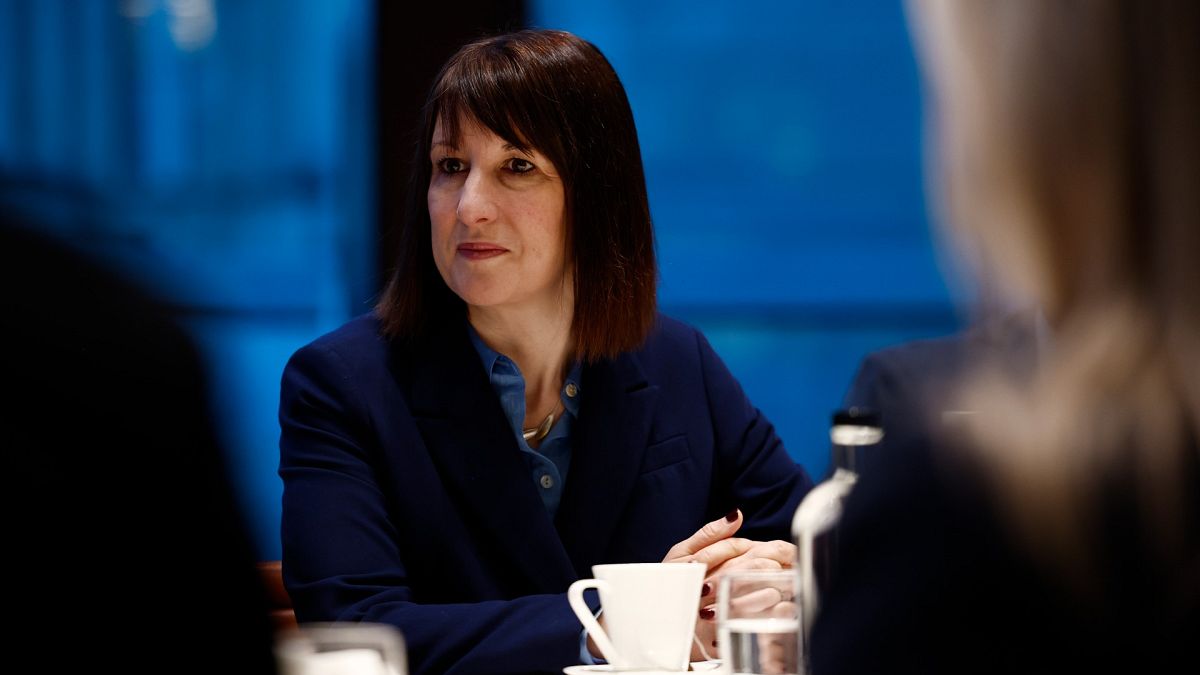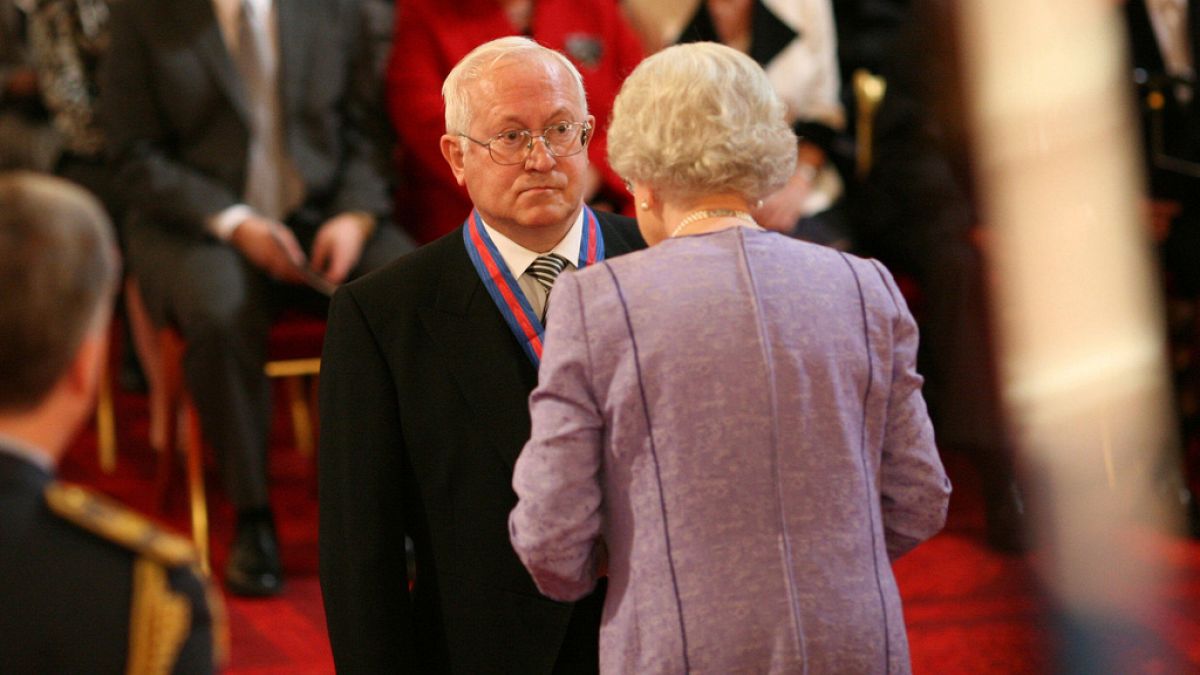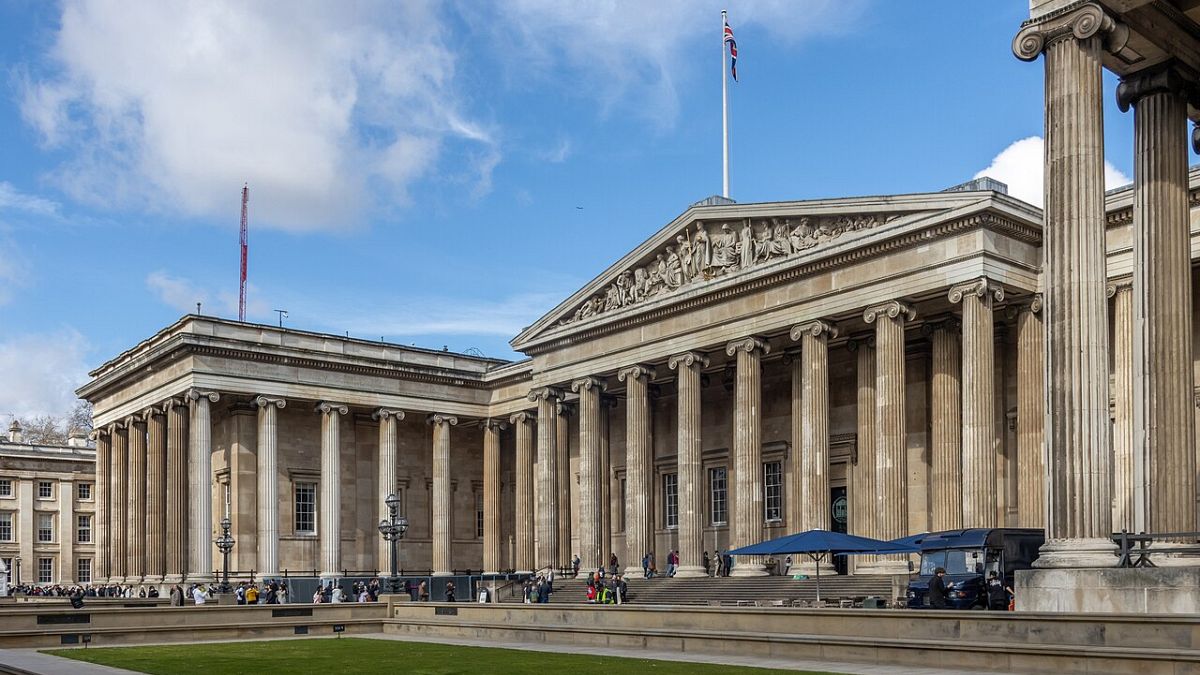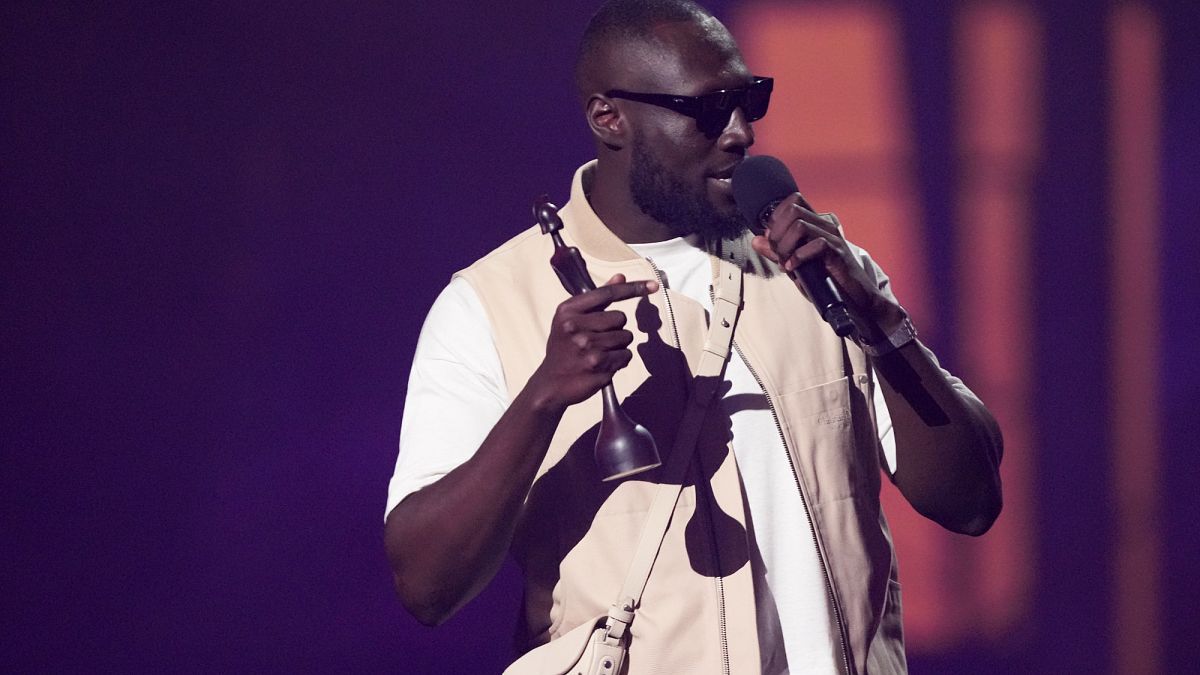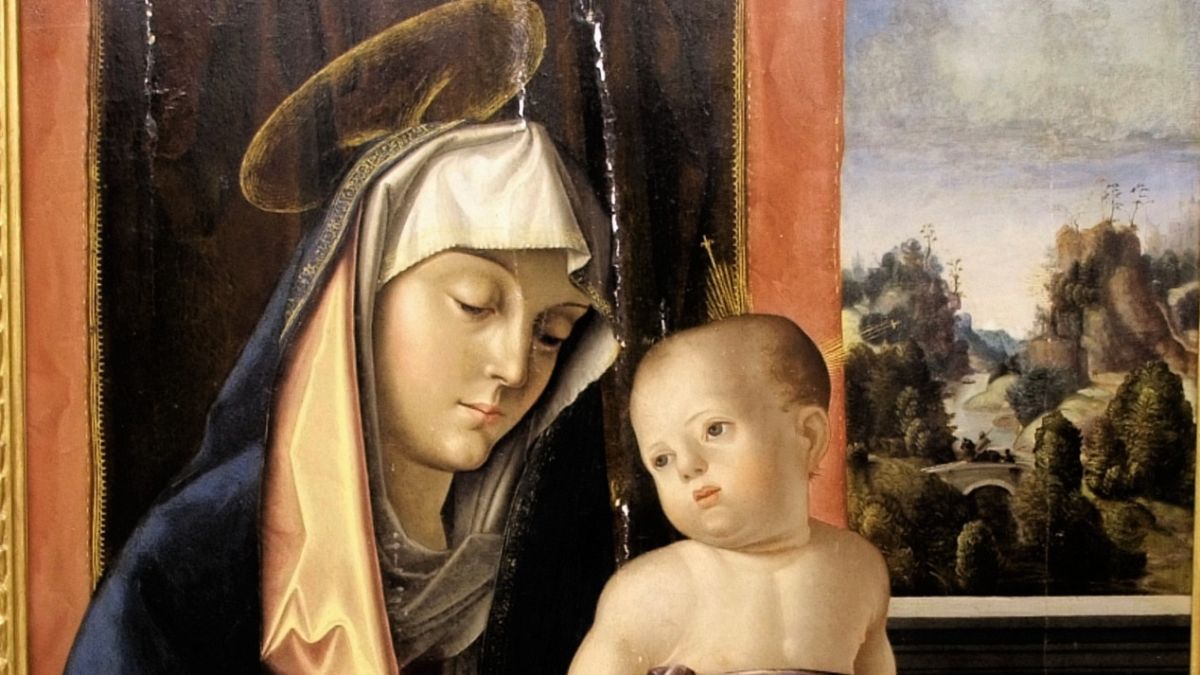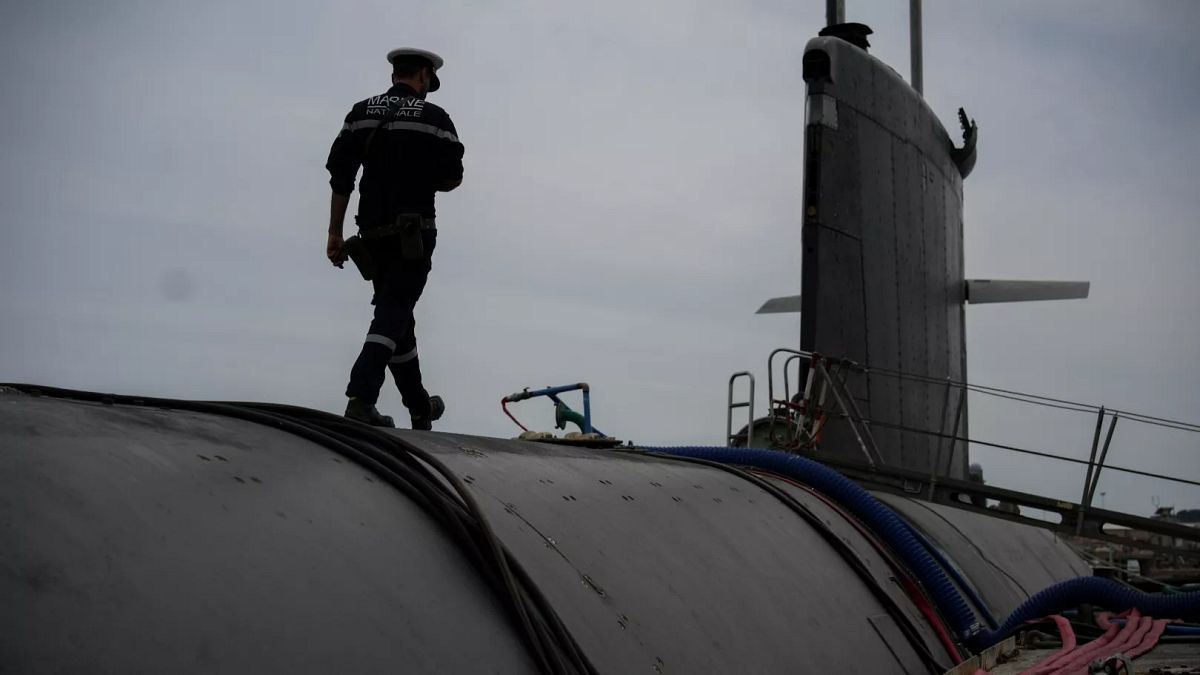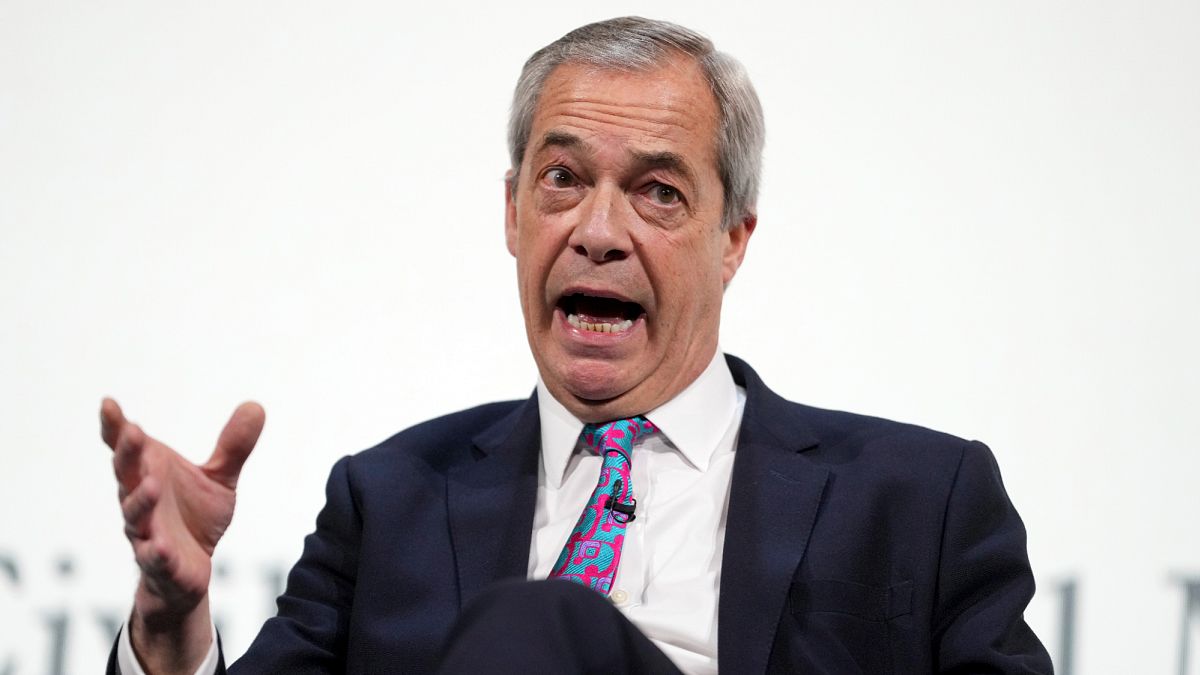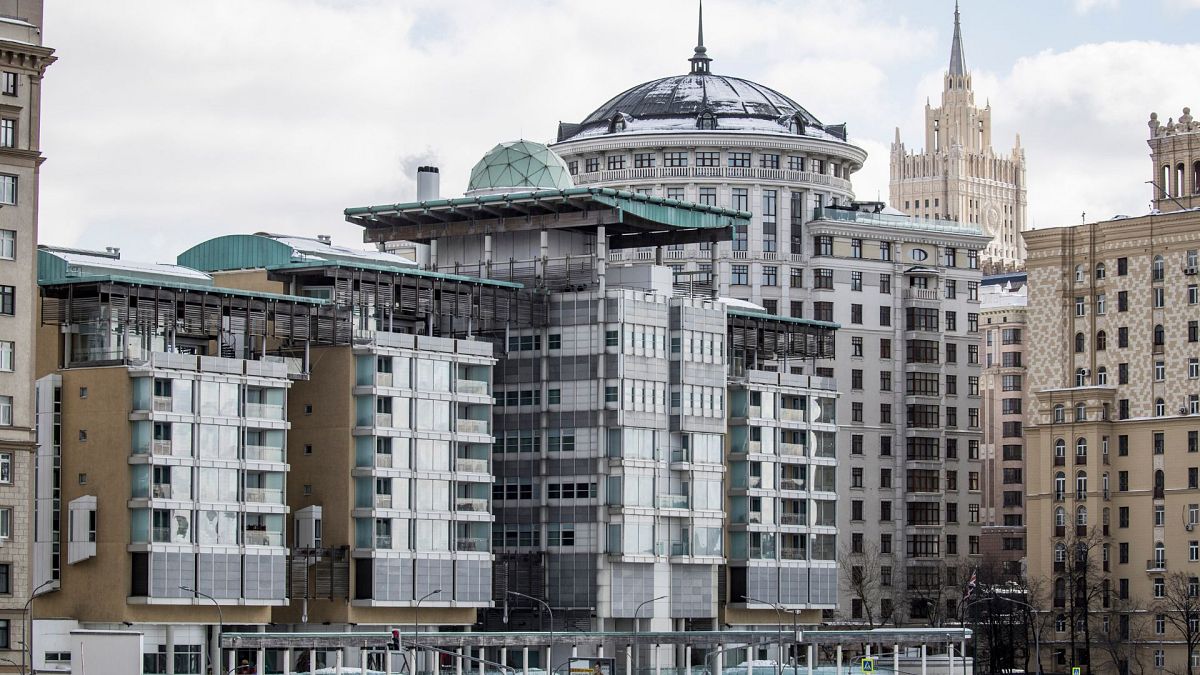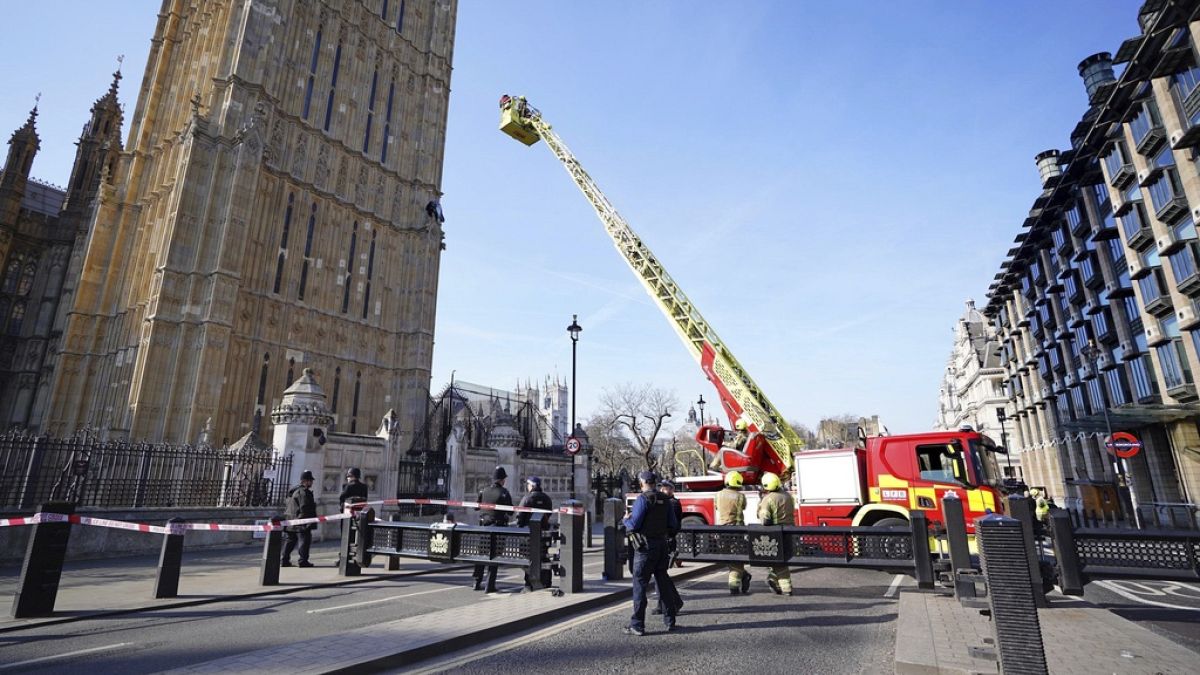UK retail sales at COVID-19 lockdown levels as cost of living rises
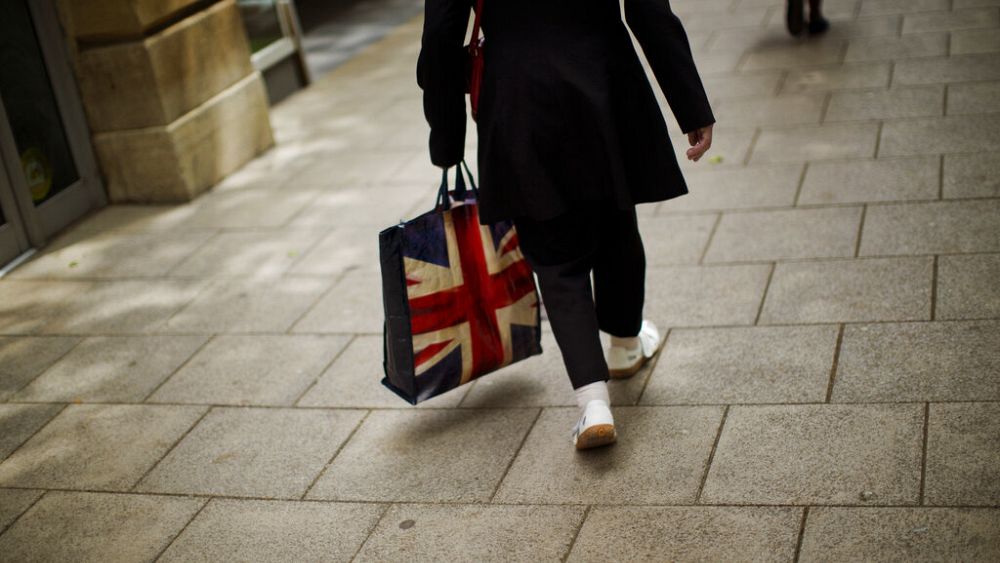
UK retail sales have slumped back to COVID-19 lockdown levels, as increased cost of living bites.
Retail sales in the UK have dipped 0.3% month-on-month and 2.7% year-on-year in October, below analyst expectations of a 0.3% growth, according to the Office for National Statistics.
The slump was the 19th consecutive month of weakness and could point towards the UK economy struggling to recover as well as expected.
Currently, retail sales have returned to COVID-19 lockdown levels, mainly subdued due to the soaring cost of living.
Consumers are still struggling to deal with persistently high inflation, with UK inflation currently clocking in at 4.7%.
Although the figure is certainly lower than September’s 6.3%, it is still uncomfortably high, sitting at more than double the Bank of England’s 2% target.
Higher energy prices in the last few months have also taken their toll, although now that energy caps have been introduced, price pressures could potentially ease soon.
Danni Hewson, head of financial analysis at AJ Bell, notes that the numbers “are particularly concerning for retailers because this isn’t February 2021, these numbers were for the month of October, when consumers traditionally begin their Christmas shopping”.
“The question at hand is are we saving up our cash, squireling it away in order to make the most of those big promotional days like Black Friday, or have price pressures pushed people to rethink Christmas plans entirely?” she added.
The unpredictable British weather has also played a part in further curbing sales, with several consumers preferring online shopping to in-person purchases. This allowed non-store retailing, including online sales, to inch up a modest 0.8%. However, further gains were capped by consumers looking around for better deals.
Higher interest rates are also potentially spooking off customers, with the current Bank of England interest rate at 5.25%.
Phil Monkhouse, head of sales at global financial services firm Ebury, said that the Bank of England’s attempts to whittle down inflation back to its target of 2% “is perhaps finally feeding through into consumers’ pockets with this month’s data reinforcing September’s cliff-face drop”.
“Whilst this may be good news for some, retailers – particularly small businesses – are now well on their way to becoming patient zero of sticky interest rates as shoppers turn a blind eye to Christmas festivities and prioritise winter heating costs and mortgages,” he said.
Fuel and automotive sales were some of the worst performers in October. Food sales also took a hit, especially more high-end and luxury items such as specialty bakers and butchers. Tobacco and alcohol sales were also threatened, along with clothing, department stores and household goods.
Consumers may now be opting to reduce early Christmas shopping and go for fewer, but more thoughtful, and in some cases, more expensive and long-lasting presents.
According to Hewson, “People are still spending, but they’re thinking long and hard about what they buy”.
Additional sources • Sky News
Source: Euro News


